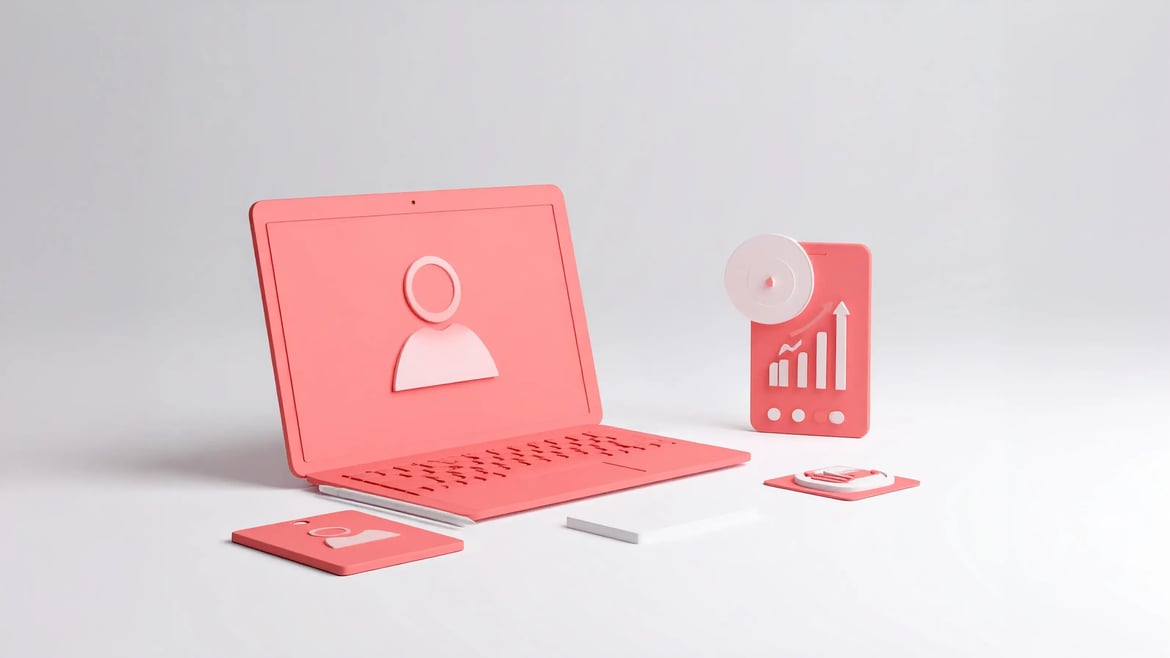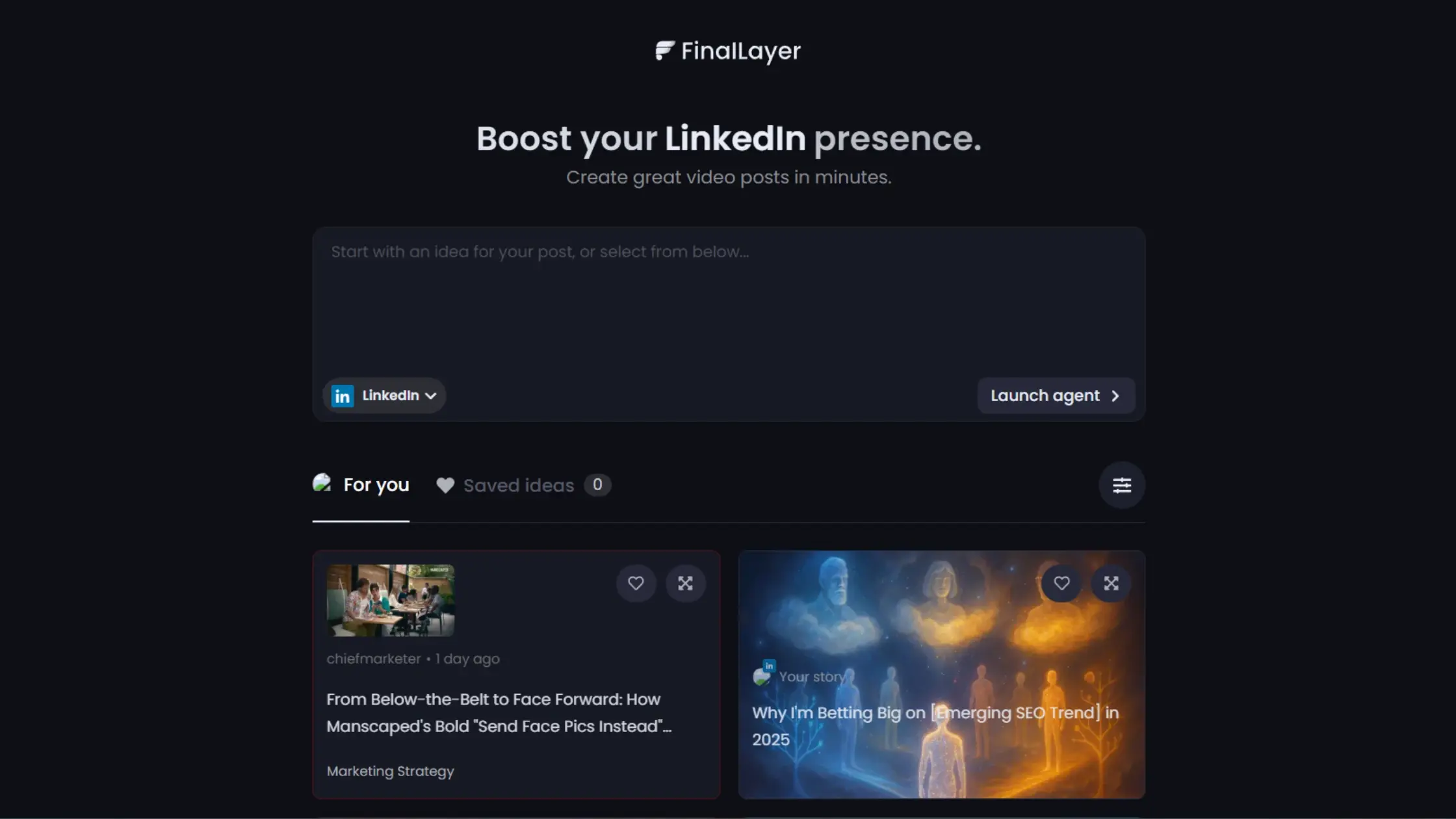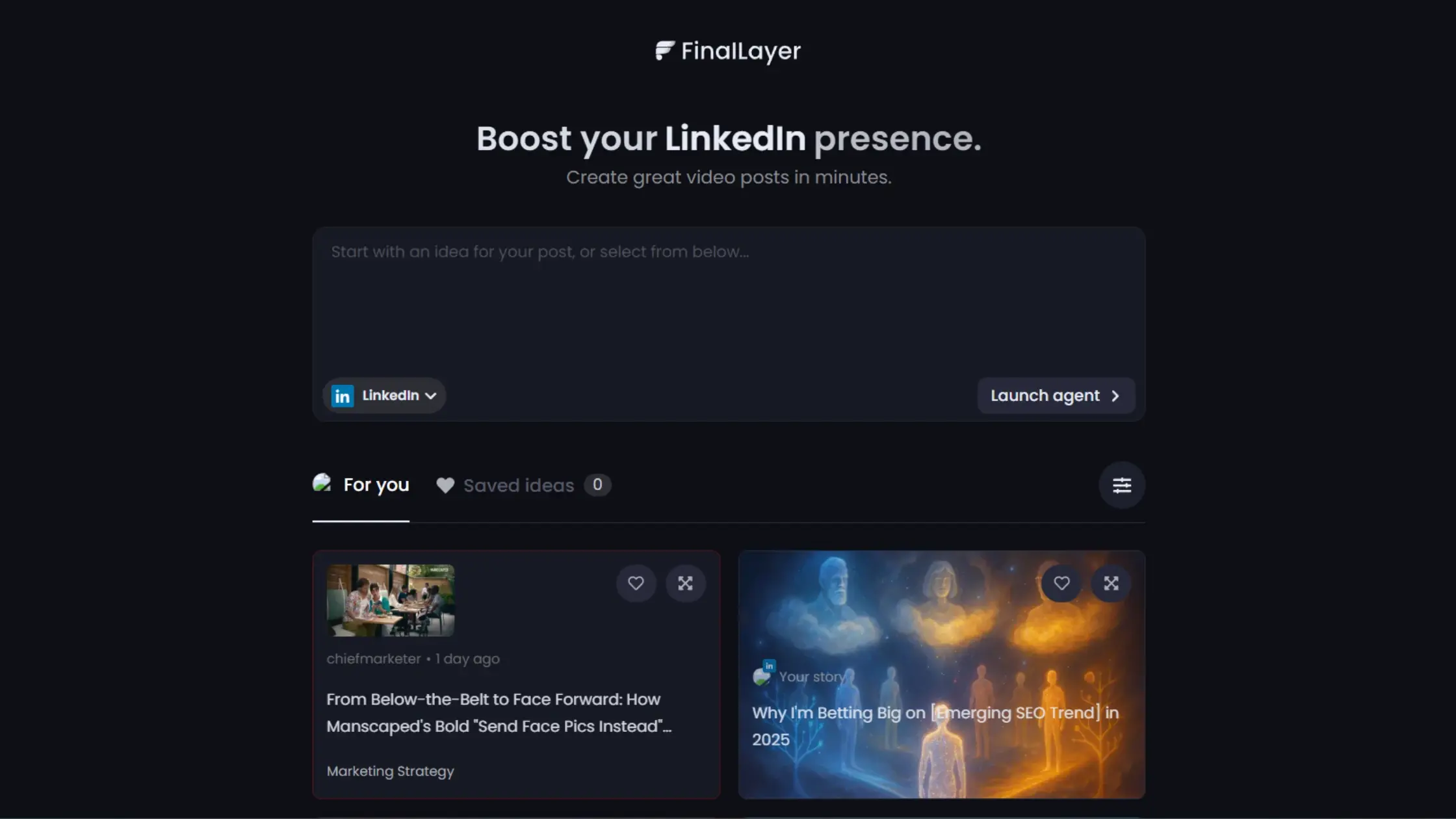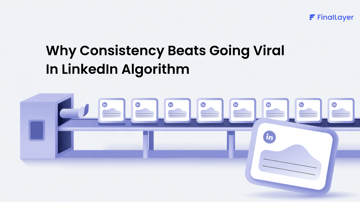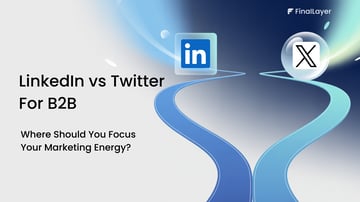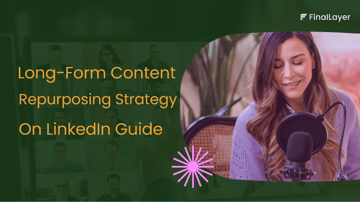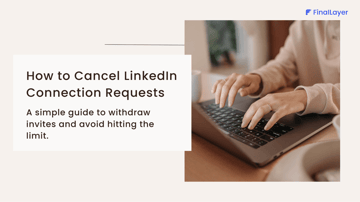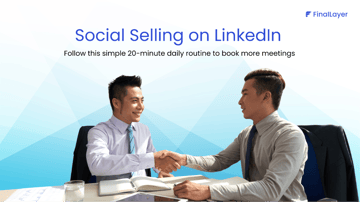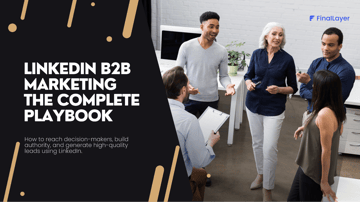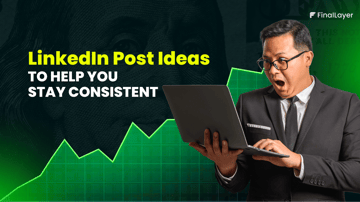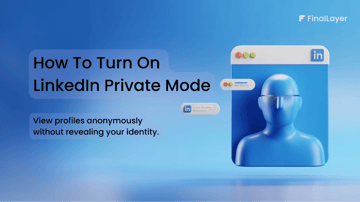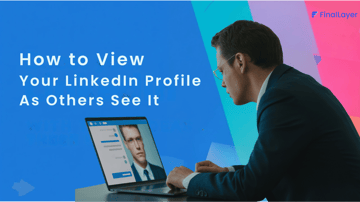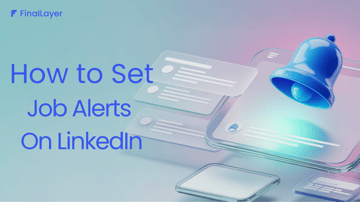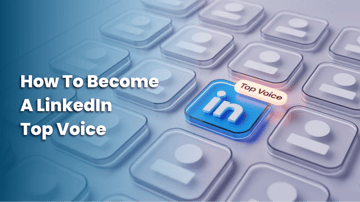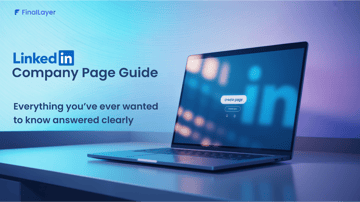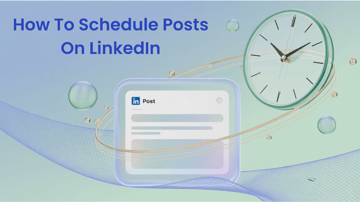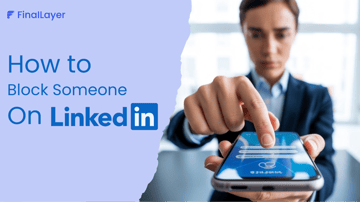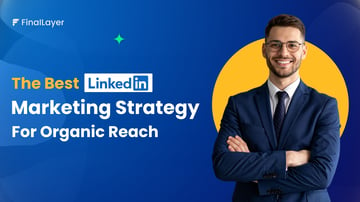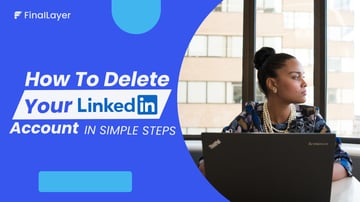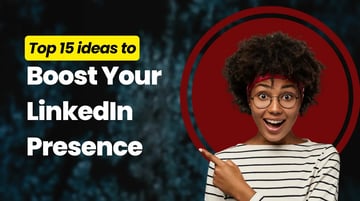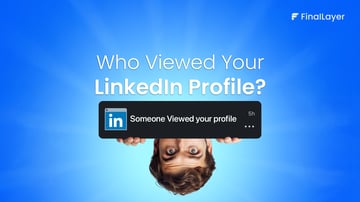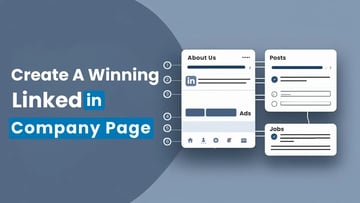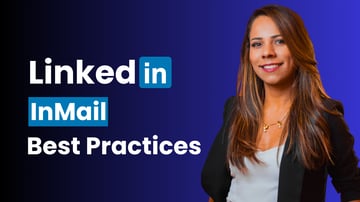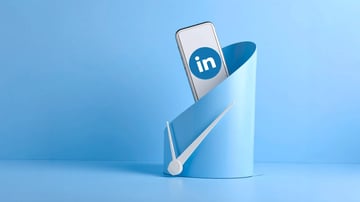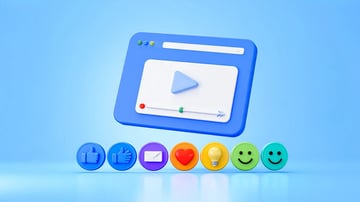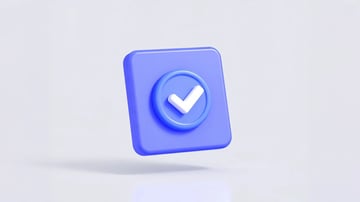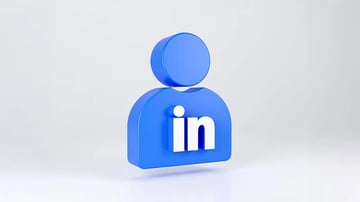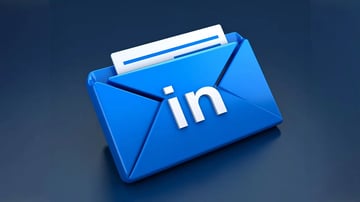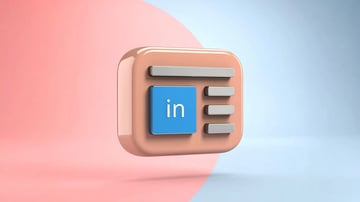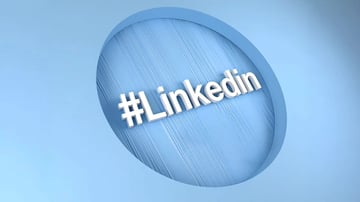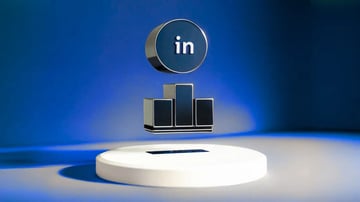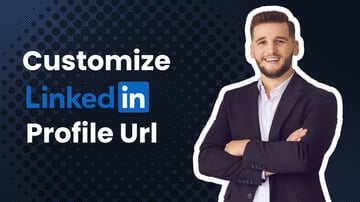In today’s digital-first world, your online presence speaks before you do. In such a world, personal branding is fundamental for standing out, whether you're looking to advance in your career, attract new opportunities, or become an Industry expert. It’s the process of defining and communicating what makes you unique and valuable to others, both online and offline. By building a strong personal brand, you establish yourself as an expert, build trust with your audience, and open doors to new possibilities.
Why Personal Branding Matters?
Personal branding is not just about Self-advertising; it's also about shaping how others perceive your expertise, values, and unique contributions to stand out in your industry. Here's why it matters:
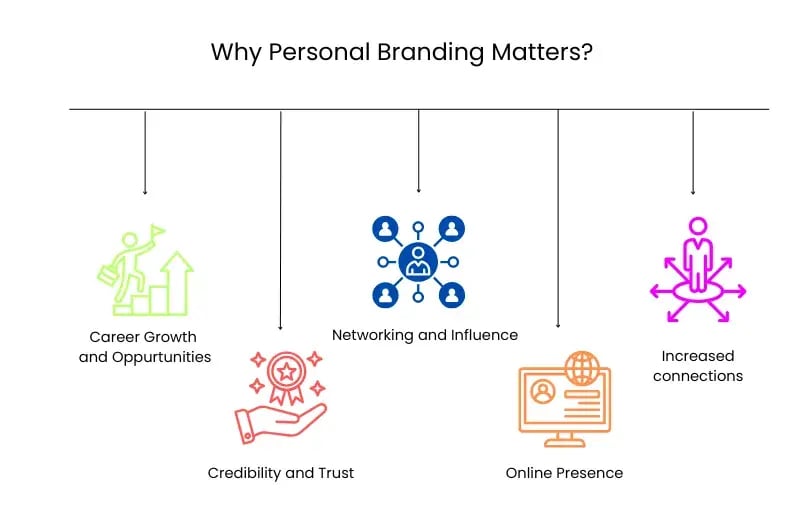
Career growth and opportunities
Building a strong personal brand sets you apart from others in your industry. You can attract career opportunities, clients, and business collaborations by consistently demonstrating your competence, values, and professional journey.
Credibility and trust
Professional relationships are built on a foundation of trust. By creating a personal brand that aligns with your values and expertise, you demonstrate credibility, making it easier for others to trust you, whether you're selling a service, applying for a job, or networking.
Networking and influence
Personal branding lets you connect with like-minded professionals and industry leaders, extending your network and influence globally. People are more likely to engage with you if they clearly understand who you are and what you stand for.
Online presence
Your online presence indeed speaks volumes before you do. helps you build an online persona that resonates with your target audience, be it LinkedIn, other social media platforms, or personal websites. The more consistent and authentic your personal brand is, the more people will engage with you.
What is Personal Branding on LinkedIn?
LinkedIn is the largest professional networking platform for professionals. In this continuously changing digital world, personal branding makes you stand out from the crowd on LinkedIn. But what is personal branding on LinkedIn?
Forget the textbook version of personal branding, which is about creating your professional story by building and managing your professional reputation and identity on the platform.
It applies to planning how to present yourself, your skills, and your expertise in a way that resonates with your target audience—whether it's potential employers, clients, collaborators, or your industry colleagues.
In-depth, LinkedIn personal branding is about building a consistent, authentic, and impactful online presence that shows who you are, what you stand for, and what you bring to your network. It’s not just a profile; it’s a continuous effort to engage with others, share valuable insights, and position yourself as an industry expert.
How to Build a Personal Brand on LinkedIn
Creating a personal brand on LinkedIn involves a mix of strategy, consistency, and authenticity. By sharing valuable content, engaging with your network, and optimizing your profile, you can establish yourself as an expert in your industry.
Here’s a step-by-step guide to building your personal brand on LinkedIn:
Step 1: Optimize your LinkedIn profile
Your profile is the foundation of your personal brand. Begin by using a professional, high-quality photo and craft an engaging headline that highlights your expertise. Your About section should tell your story—what sets you apart, what you're passionate about, and how your skills can add value.
Make sure your Experience, Skills, and Endorsements reflect the work you do and the strengths you bring. Add recommendations from colleagues or clients to increase credibility and show social proof.
Step 2: Create and share high-value content
Sharing content of no value will never reach engagement. To stand out, create and share content that speaks to your audience’s interests, challenges, and goals. Share articles, videos, infographics, or updates that show your skillset and provide insights into industry trends.
Thought leadership content will help you establish credibility and authority while also keeping you at the top of your mind for your connections. Whether through personal stories, tips, or industry analysis, ensure your content is informative and engaging.
Step 3: Engage actively with your network
Personal branding on LinkedIn isn’t just about showcasing your own content; it’s about developing relationships and engagement with other LinkedIn users. Comment on posts from your network, share content, and participate in discussions.
Genuine engagement will help you expand your reach, create deeper connections, and enhance visibility. The more actively you engage, the more likely you are to attract the right opportunities.
Step 4: Leverage LinkedIn’s features
LinkedIn offers several features that can enhance your personal brand. Turn on Creator Mode to increase your visibility and highlight your content. The Featured section allows you to showcase your best work, from articles to project portfolios.
LinkedIn Live and LinkedIn Newsletters also provide opportunities to share your insights on various topics and interact with your audience. These tools can help you place yourself as a thought leader and build a dedicated audience for your profile.
Step 5: Network strategically
Building your personal brand on LinkedIn requires connecting with the right people. Look for opportunities to network with professionals in your industry, potential collaborators, clients, and influencers.
Customize your connection requests with a personal message to show interest in building meaningful relationships. Don’t just focus on quantity—focus on creating a quality network that can help you grow your influence and support your personal brand.
Step 6: Measure and adjust your strategy
To make sure your LinkedIn personal branding efforts are adequate, track your progress using LinkedIn’s built-in analytics tools. Monitor metrics like profile views, engagement rates, and follower growth to see what’s working and what needs improvement.
Use these insights from your profile to refine your content strategy and change your approach based on your audience’s preferences and needs.
Expanding Your Network Strategically
Building a strong LinkedIn network is crucial for personal branding and professional growth. However, it's not about simply making connections—it’s about connecting with the right people and creating meaningful relationships that add value to both you and your network. Here’s how to expand your LinkedIn network strategically:
1. Connect with the right people
Connecting with the right people can open up opportunities, bring in collaborations, and expand your reach. But how do you identify the right connections?
Align with your goals: When looking for connections, think about what you want to achieve. Are you looking for potential clients, job opportunities, or industry knowledge? Customize your connections to support your goals.
Target key industry players: Focus on people who work in your field, follow the same interests, or are aligned with your professional goals. Look for individuals who share valuable insights or have a strong presence in the industry.
Engage before connecting: Instead of sending out cold connection requests, try engaging with their posts first. Leave comments, share their content, or start a conversation around shared interests. This helps you build a bond with each other and increases the chances of your connection request being accepted.
2. Sending personalized connection requests
Sending a generic connection request is less likely to get a positive response. A personalized message shows that you’ve put thought into the connection and increases the likelihood of building a meaningful relationship.
Here’s how to craft a great connection request:
Introduce yourself: Keep it brief but clear. Mention who you are and what you do.
Explain why you want to connect: Let the person know why you’re interested in connecting. Whether it's because of shared interests, career goals, or expertise, make it clear why you want to build a relationship with them.
Be genuine: People will sense when requests look scripted or too formal. Keep the tone friendly and conversational.
Example of a personalized request:
“Hi [xyz], I came across your post on [topic], and I am fascinated by your insights on [specific point]. As someone passionate about [shared interest], I’d love to connect and learn more from your experiences. Looking forward to connecting!”
3. Engaging with Industry Leaders and Influencers
One of the most effective ways to expand your network is by engaging with industry leaders and influencers. These individuals often have a wide reach and a wealth of knowledge, making them excellent people to connect with.
Comment on their content: Instead of just following industry leaders, connect with them by actively engaging with their content. Leave comments, share their posts with your opinions, or ask thoughtful questions. This helps you get noticed and builds connections.
Participate in discussions: Many influencers post thought-provoking content that sparks discussion. Participate in these discussions by adding value with your expertise. This positions you as someone knowledgeable and can lead to further connections.
Tag or mention influencers in your posts: When you write content related to their work or insights, consider tagging them (with respect) in your posts. This can open doors for further interaction and increase your visibility in their network.
Personal Branding for Different Career Stages
Depending on your career stage, your personal branding strategy on LinkedIn will vary. Here’s how to approach personal branding for job seekers, entrepreneurs, and executives:
1. Job seekers: How to attract recruiters
For job seekers, LinkedIn is a strong platform to stand out to recruiters and show your value to them. To attract the right opportunities, focus on the following:
Optimize your profile: Ensure your LinkedIn profile is 100% complete and accurately reflects your skills, experience, and aspirations. Using a professional profile picture, writing a compelling headline, and crafting a summary highlighting your strengths, expertise, and career goals can optimize your profile for global reach.
Showcase your achievements: In your experience section, focus on results. Highlight measurable achievements that demonstrate the impact you've made in your previous roles. Do not just list job duties; instead, show how you’ve contributed to company success, such as revenue growth or process improvements.
Engage with relevant content: Engage with content related to your industry or the positions you're targeting. Share articles, comment on relevant posts, and join groups to show your involvement and knowledge in the field.
Network activity: Connect with recruiters, hiring managers, and industry peers. Send personalized connection requests and build relationships. Let your network know you’re actively seeking opportunities and ask for advice or referrals.
Recommendations: Request recommendations from your colleagues, managers, or clients to provide social proof of your skills and work ethic. These testimonials will enhance your credibility and help recruiters assess your suitability for roles.
2. Entrepreneurs: Positioning yourself as an industry leader
As an entrepreneur, LinkedIn is a great platform for positioning yourself as an industry leader and building trust with possible clients, partners, and investors. Here’s how to establish your entrepreneurial brand:
Create thought leadership content: Share articles, posts, and videos that reflect your expertise and insights. Offer value through advice, tips, and thought-provoking ideas relevant to your industry. Consistently creating content positions you as a subject matter expert and encourages engagement from your network.
Never run out of content ideas again. The FinalLayer Topics Agent brings hourly post suggestions based on news, social trending topics, your personal experiences, and past posts. Try FinalLayer today.
Highlight your business ventures: Use the Experience and Featured Sections to highlight your business ventures. Include key projects, products, and services that demonstrate your entrepreneurial success. Show the tangible impact of your work and how it’s solving problems in your industry.
Leverage your network: As an entrepreneur, building connections with other business owners, influencers, and potential clients is key. Engage with their content, share relevant resources, and collaborate on projects to enhance your visibility.
Position your brand’s values: Make sure your LinkedIn profile reflects your business's core values. Share posts that showcase your brand's culture, mission, and vision. Doing so will help build trust and align your personal brand with the business you’re building.
Engage in Industry groups: Participate in LinkedIn groups relevant to your industry. Join conversations, offer valuable insights, and position yourself as a go-to resource for industry trends and issues.
3. Executives: Building authority and credibility
For executives, LinkedIn is a platform to demonstrate authority, leadership, and credibility. Here’s how to craft a personal brand that reflects your executive stature:
Create strategic thought leadership content: As an executive, you should position yourself as a thought leader by sharing your insights on industry trends, leadership principles, and innovations. Regularly publish long-form posts or articles on topics that highlight your expertise and vision for the future.
Create LinkedIn Video Posts Without Hassle
FinalLayer's Video Search Agent finds relevant video clips
for your post from your library or YouTube.
Showcase your achievements: Highlight your career milestones, successful projects, and leadership accomplishments in the experience section. Don’t just list roles—show how your leadership has contributed to company growth, innovation, or market leadership.
Engage with high-level networks: Actively connect and engage with other executives, industry influencers, and decision-makers. Sharing your insights, commenting on their posts, and participating in high-level discussions builds your credibility within your professional community.
Get recommendations from peers and colleagues: Recommendations from fellow executives, board members, or high-level peers can significantly boost your credibility. These testimonials serve as social proof of your leadership and influence.
Utilize LinkedIn’s exclusive features: Leverage LinkedIn’s creator mode and LinkedIn Live to expand your influence further. Hosting live sessions or sharing videos where you discuss strategic insights, leadership approaches, or industry trends can help solidify your status as a thought leader.
How AI & Automation Can Help with LinkedIn Personal Branding
AI and automation can streamline your personal branding efforts on LinkedIn, making creating content, engaging with your network, and growing your influence easier. However, balancing automation and originality is important to ensure that your personal brand remains genuine and engaging.
If you want to ease your workflow when posting on LinkedIn, you can use FinalLayer. FinalLayer helps you find relevant clips faster for your post. You are assisted by an AI writer to write the description for your post, and you can directly post it to LinkedIn.
If you do not have an idea or inspiration about what to post, then you can browse the discover feature and find inspiration according to your interests. Speed up your connections and optimize your post for better visibility effortlessly.
How to Balance Automation with Authenticity
While AI and automation tools can save time and increase your LinkedIn presence, it’s important to maintain authenticity in your personal brand.
Here's how to balance automation with a human touch:
Whether it’s a connection request or a follow-up, ensure that the messages are personalized. Tailor them to the individual and add context that shows you’ve taken the time to understand their profile. For example, mention a shared interest, a post they wrote, or something specific about their work that caught your attention.
While automation can help with mass outreach, you should still engage personally with your most important connections. Respond to comments, interact with key industry influencers, and show genuine interest in the conversations happening on LinkedIn.
While AI can help with content generation, it’s important not to rely solely on automation for content creation. Keep a balance by occasionally sharing spontaneous, personal updates or experiences that reflect your true self.
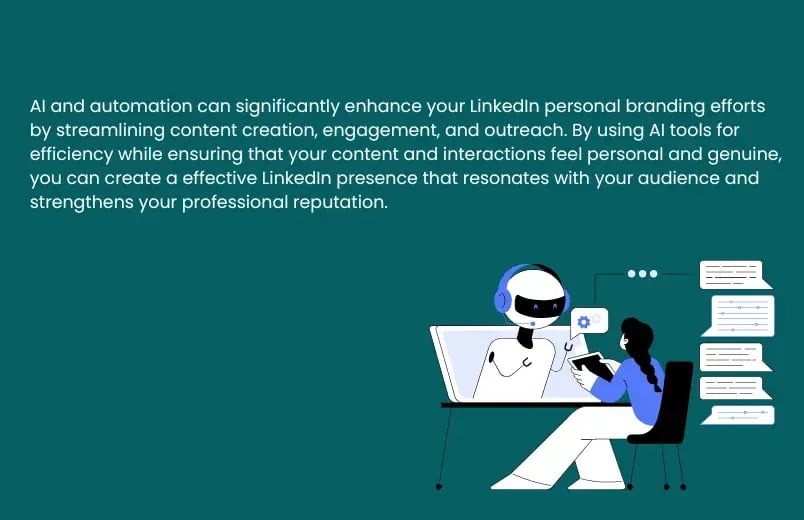
What next?
Personal branding is an ongoing process; the more you improve your messaging and connect with others, the more opportunities you will find on LinkedIn. Stay authentic, be intentional with your content, and build relationships that align with your goals. Over time, your LinkedIn presence will help you grow professionally and stand out in your field.
